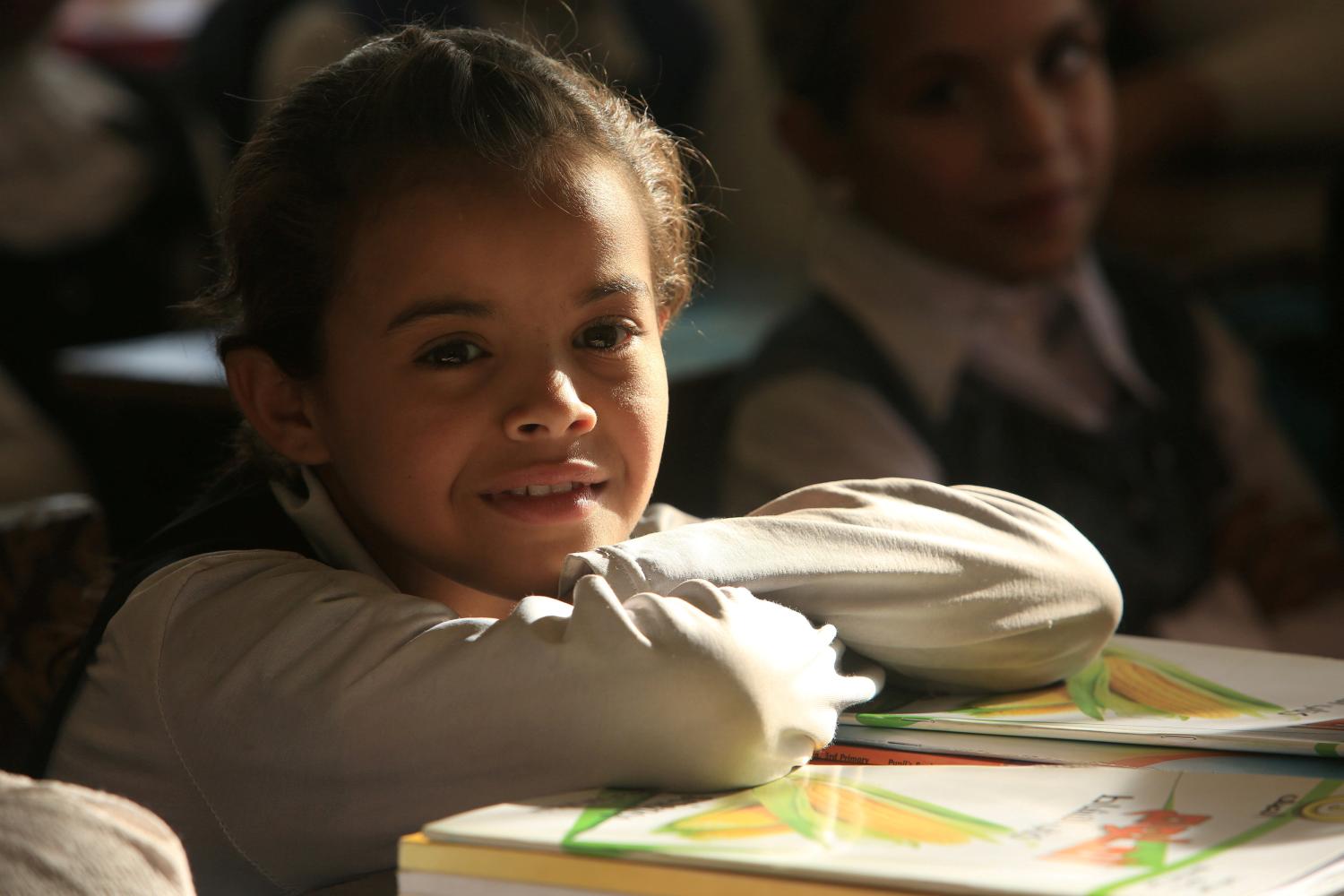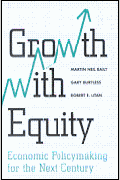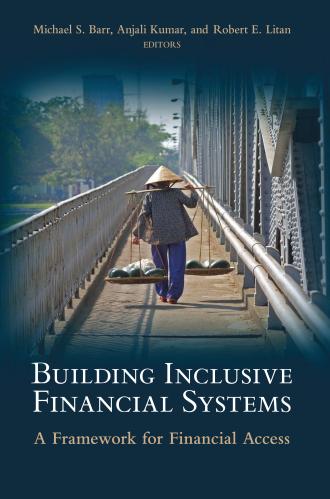Every so often, we have an “international day” to focus attention on something we otherwise take for granted (or forget). So we have days to remind us of the importance of thinking about happiness, tuberculosis, malaria, autism, wildlife, press freedom, mother earth, migratory birds and more. Among the list of 132 days officially recognized by the United Nations is International Women’s Day on March 8.
At one level it seems strange to have a “day” for women. Do we risk forgetting them on all other days? Do we need a special reminder about their importance? Ridiculous as it may seem in the 21st century, the answer—as far as global development is concerned—is yes.
Twenty years ago, in 1994, then-chief economist at the World Bank Larry Summers wrote, “investment in girls’ education may well be the highest return investment available in the developing world.” The benefits he ascribed to improving girls’ education come in the form of lowered fertility rates, improved household nutrition, lowered infant, child and maternal mortality, as well as increased economic growth and competitiveness. Better educated women have higher labor force participation rates. When they work outside the home, they tend to marry later, reduce household economic dependency ratios and increase household saving.
In fact, gender equity should be a universal agenda, applicable to all countries, not just developing economies. For example, in the United States, our colleagues at the Center on Children and Families at the Brookings Institution have identified mothers’ education as a key indicator of future success on the income ladder.
There has been some progress in gender equity around the world, especially in terms of women’s political participation. There is rough gender parity in access to health and education. But the gender gap is large for economic indicators, and the pace of narrowing it appears to have stalled. The World Economic Forum’s 2013 Gender Gap Report concludes that the larger the gender gap, the lower is global competitiveness at the country level. This is not surprising. It restates what has been said in the 2004 World Development Report and has long been known: “misallocating women’s skills and talent comes at a high (and rising) economic cost.”
Globally, men are 50 percent more likely to work than women, and this figure is far higher in some countries. Women get lower pay—receiving on average 15 percent less in wages than men do for equivalent jobs in advanced economies. Yet too little attention is paid to these issues, and they are often dismissed as “cultural”—something that is hard if not impossible to change over time.
Nothing could be further from the truth. Women, too, respond to economic incentives. Women face unfair discrimination, tax, and labor regulations in the form of lower wages, higher marginal tax rates as household incomes rise and limited flexibility on part-time work, respectively. But these are subject to change. Chile, for one, increased the labor force participation of women from 36 percent in 2000 to 49 percent by 2011. The female labor force participation rate in Pakistan (24 percent) is much closer to that in India (29 percent), than in Bangladesh (57 percent), despite the shared Islamic cultures of Pakistan and Bangladesh.
Far more needs to be done to promote gender equality worldwide. As Esther Duflo has emphasized, women’s empowerment and economic growth are closely interconnected. In the best case, virtuous cycles can be created wherein economic growth and poverty reduction can beget reduced discrimination, and women’s empowerment can generate economic growth and reduce poverty. Growth policies and gender equity policies can reinforce each other. This is why the United Nations High-Level Panel Report on the Post-2015 Development Agenda stresses the need for a stand-alone goal on empowering girls and women, a goal that should address not just the discrimination faced by women in all facets of daily life, including access to health and education, but also the broader issues of personal safety, the end of child marriage and the legal rights to own and inherit property, to sign a contract, to register a business and to open a bank account.
Finally, gender equity targets must be considered alongside other targets on achieving growth and having in place the building blocks for sustained prosperity for all. Without these other aspects, gender equity cannot succeed. Surprisingly, the development community continues to look at gender as if it were somehow different from development. The OECD’s Development Assistance Committee finds that 30 percent of aid goes for projects and programs where gender concerns are a principal or significant objective. It is time to simply consider gender equity and development as two sides of the same coin, rather than focusing on one without regard for the other. As Amartya Sen would put it, what is development if not the expansion of freedoms for everyone? We should celebrate when there is no longer a need for an International Women’s Day, and we should talk about and act on gender issues even when it is no longer International Women’s Day!
The Brookings Institution is committed to quality, independence, and impact.
We are supported by a diverse array of funders. In line with our values and policies, each Brookings publication represents the sole views of its author(s).











Commentary
Women in Development
March 21, 2014